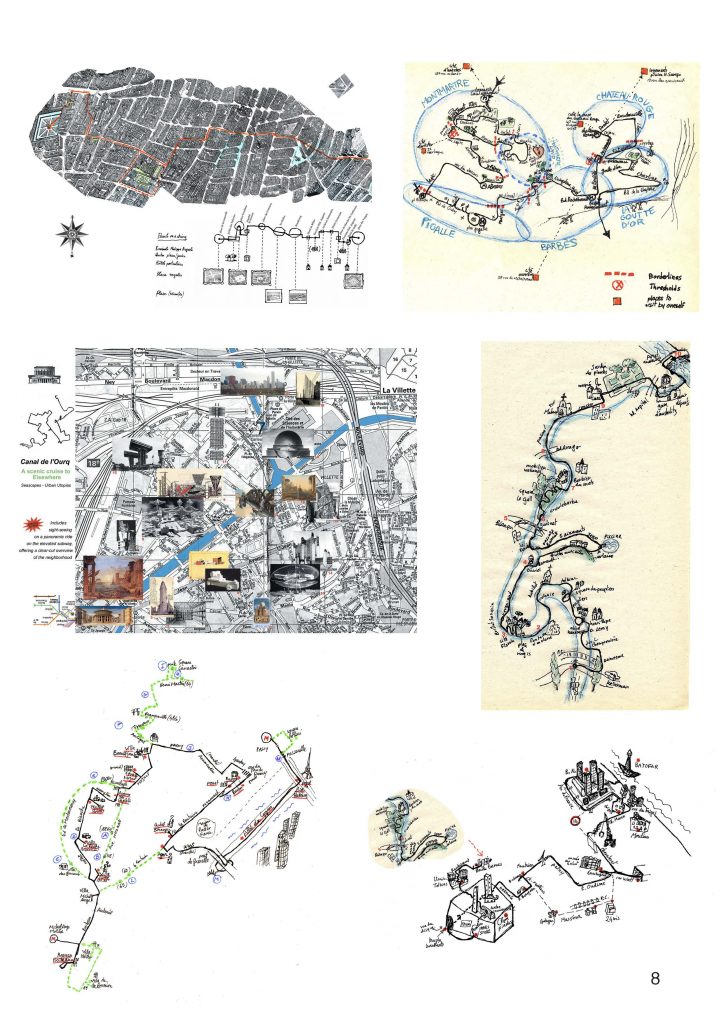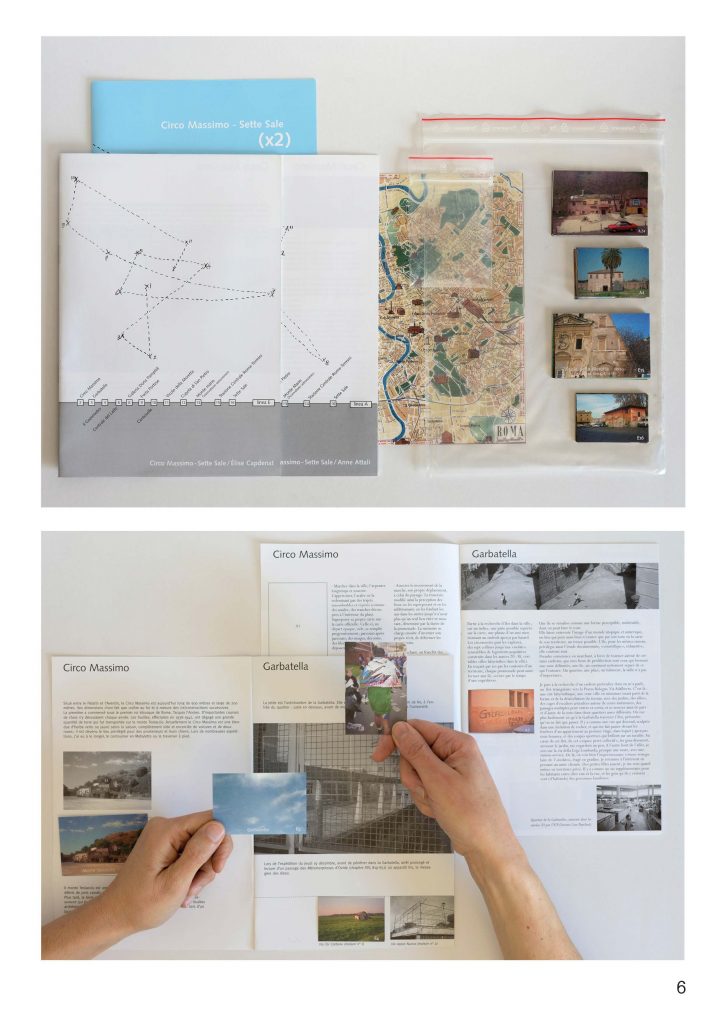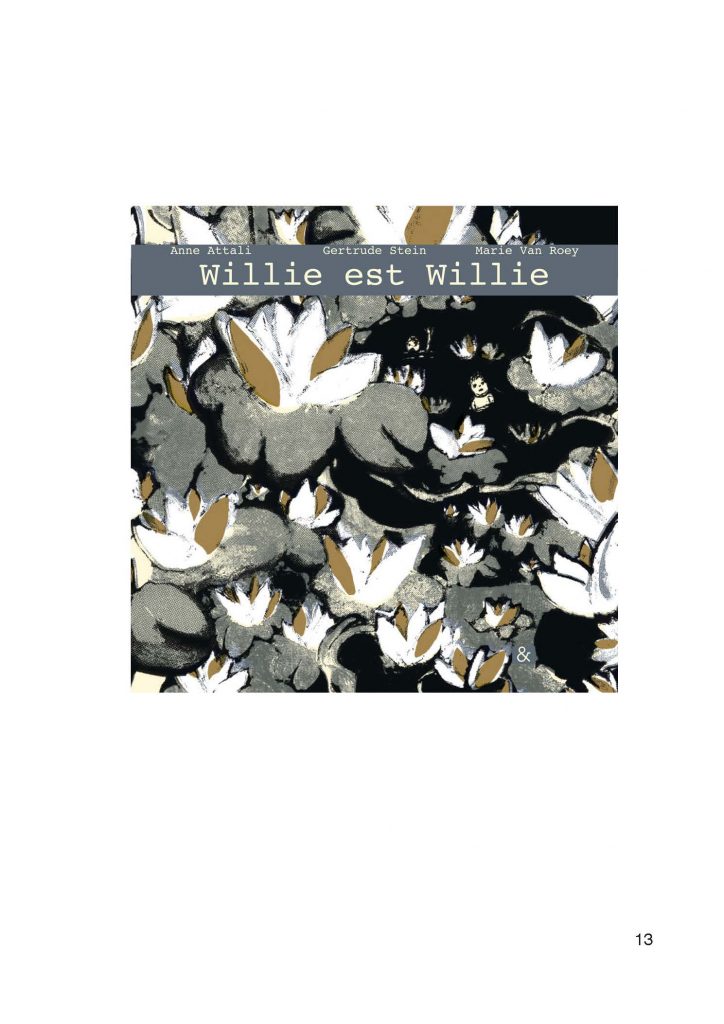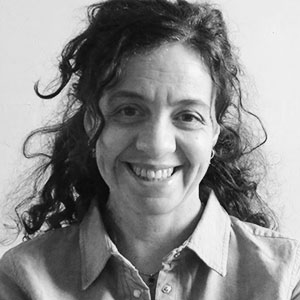Anne Attali on her multidisciplinary work in the artistic sphere
Throughout your career you have developed a great interest regarding our experience of the city. You have created maps, designed walks around the city and also proposed workshops and lectures using space as a material. Where does this fascination of the urban sphere come from?
As part of my studies at the french school ENSAA Duperré, I was granted a scholarship to spend one year at Parsons in New York studying Textile Design.
When I first arrived in New York at the end of the 80s, I was shocked with the grid structure of the city, coming from Paris which is more like a labyrinth. I was pretty scared but at the same time I loved the energy, the landscape and the people. When I would go on a walk, I could never stop. I would tell myself “okay, one more block”; it was almost like an obsession. I started to count my steps and I had this dream that I could walk on every street in New York. It was easier to start with an unknown city. When the city is so familiar to you, you don’t find much interest in observing every block. I found pure pleasure in walking. It can change your way of thinking and brings a sense of freedom.
Much later, I had another opportunity to spend a year in Rome, at the Villa Medicis. I took this opportunity to read a lot of literature about the tradition of walking. From Beaudelaire to Walter Benjamin, there is a true culture of roaming the city. I also developed a series of walks in Rome and when I returned to Paris, I was commissioned to design five walks for architecture students in Paris. And starting from these, I designed an Urban Exploration course.

Drawn and used during the Urban Exploration Course, designed for the Illinois Institute of Technology Paris Program
Spending a year at the Villa Medicis, in Rome, as an artist in residence must have been exciting. Has it changed the way you approach your art?
What I loved at the Villa Medicis was the community of artists who were living there. There were probably 10 residents; some people were filmmakers, writers, art historians, musicians and so on. It was very intellectually stimulating. There was a true exchange among all the residents, which is something I’ve always liked. An important point of my work is collaboration. I don’t like to think of myself as an artist, I like to think of myself as a person who exchanges and creates with others.

Villa Medici, 1999
You often work creatively with others. In what ways do you think collaboration is important?
To me, collaboration is essential. Creating comes from bouncing back and forth, which is what I like in teaching. Instead of turning in circles in your mind, you have an exterior thought that can perhaps be surprising to you, which is interesting. It is really like playing ping pong. It’s also the pleasure of spending time together. For example, I started to work on illustration with Marie Van Roey because we wanted to spend time together! As students, it can be hard to collaborate with people but I think collaboration gives you strength.
Recently, you have illustrated two books. Could you describe the creative process you have experienced when co-illustrating your latest book “Objets Massifs” with Marie Van Roey?
It took a really long time but it was really interesting as a process. Virginia Woolf’s writing is quite difficult to illustrate. The words she uses are very powerful, she has this way of describing objects that makes them more alive than people. We didn’t want to just illustrate the words, it would’ve been redundant. We wanted to have a visual conversation with the text.
The first phase was for us to draw separately, sometimes physically separately, Marie in Belgium and myself in France or sometimes together in the same place. Then comes a really long phase where we put everything on the wall and try to build a narrative: we cut, choose, paste things back together and compose. This phase is almost like film-editing. It was really fascinating to see how we could interact with the text.
When you change an image, it changes the whole rhythm of the book. Sometimes there were drawings that we really liked but they didn’t find their place in the book. The creative process went through very different phases and now I think we want to create an exhibition of all the “rejected” drawings! It’s a whole adventure, that’s why I think it’s good to be two. The process is complex and you only realize it once you actually dive into the work.


Your artistic engagement manifests itself through different mediums such as theatre, illustration, maps and so on… how would you define your approach to design?
What I find important is asking questions. Questioning everything, wondering why things are the way they are..Observing is one of my favorite things to do. I don’t have a craving for producing or being in the spotlight. I prefer to observe. Curiosity, I guess, would be my approach to design. And it is perhaps the reason why I like to work in different fields.
That also explains my pleasure in teaching First Year students. There is this mix of students that each have different interests. You can take inspiration from anything, there is no hierarchy, from rap music to Proust, everything can be a material and I like to make bridges between different subject matters as well as different artistic fields.

Text by Gertrud Stein, images by Anne Attali and Marie Van Roey, published by Esperluète in 2010
In Integrative Studio 1, Parsons students are asked to develop an artwork revolving around one district of Paris. Does being a teacher allow you to explore deeper into your own personal work?
Yes, definitely. Especially with Parsons students, who are coming from all over the world, they have a fresh view. Through their eyes, I am always surprised. Also, we are not from the same generation. It is really important for me to have contact with people who see things differently. We also get a learning experience from our students.
Teaching is not something you acquire once and for all. Of course you can have more experience, but it is always new, you have different students, topics, and questions. I like to observe the small variations because even when the same questions are asked, you will never get the same answers. The perspective that you have on things forces you to stay alive and in motion which goes with the idea of walking. Your thoughts and your spirit need to stay alert, not still.
It’s funny because when I work with young students, they have a tendency to say “I’ve always used this method” or “I always do like this” but as you grow older, you realize that it’s interesting to try different methods in your work and challenge your habits. To question your certainties seems important to me.
Are there future projects you are looking forward to?
I wanted to go back to New York and take new photographs of the same street I photographed 30 years ago (Broadway, crossing all of Manhattan). I think it could be interesting to measure the changes over those 30 years. Perhaps express this work as a portrait of a city. With Marie Van Roey, we are also considering working on a new book.

Photographic investigation along Broadway, confronting 2 series of images taken at each street corner from south to north, thus crossing all of Manhattan 30 years apart (1990/2020), work in progress.
Do you collect art more with your heart or with your brain?
I don’t know if I can separate both. It is interesting because for Chinese medicine, the brain is not that important. I think I collect with a mix of intuition and reflexion. I guess I am drawn to artists instinctively and afterwards I see connections between them. I always encourage students to look back at what they collect. What you collect can reflect the way you look at the world.
I enjoy desperate but at the same time humoristic artworks. I am pretty eclectic in the work I do and the work I look at.
Finally, what is your definition of art?
Asking questions. It’s important in any society to have people who take on the role of asking questions, to make people think about the world they are living in. To get back to a child’s perspective, a supposedly naive point of view, as a way to question what is around us and, in turn, make others question and see things from different perspectives. This is one way to be political. Questioning the appearance and what’s behind the appearance. I also think a certain sense of humour is something very valuable in art.
Art is not about “I like” or “I don’t like”, it’s about making you think – but also feel, of course; it is about making you look deeper, further.
